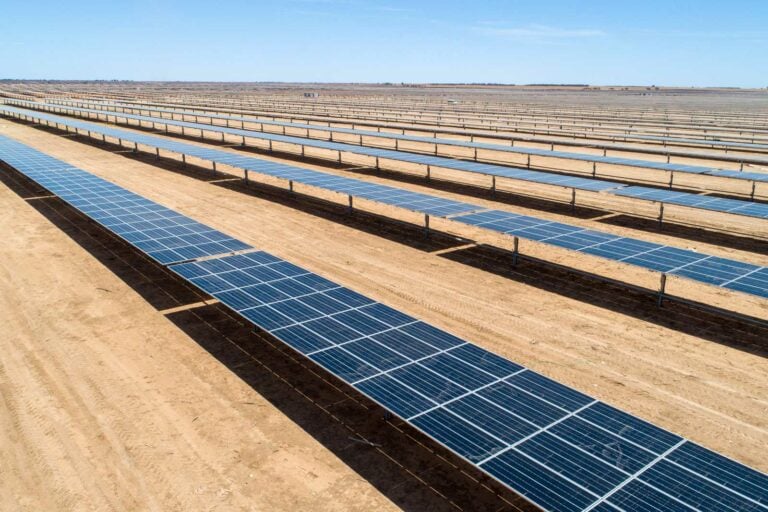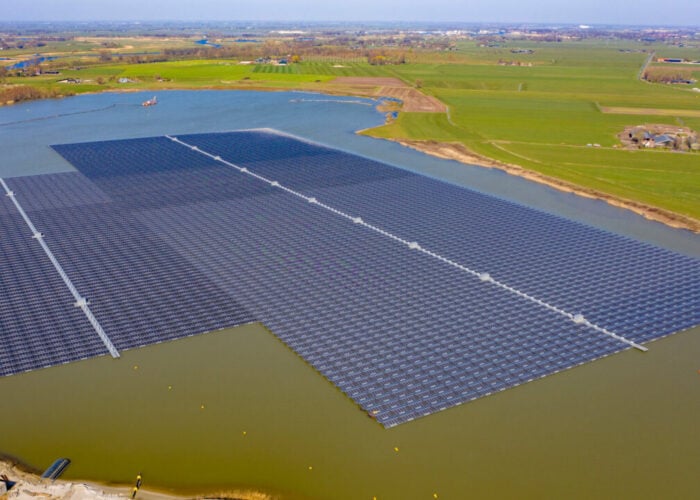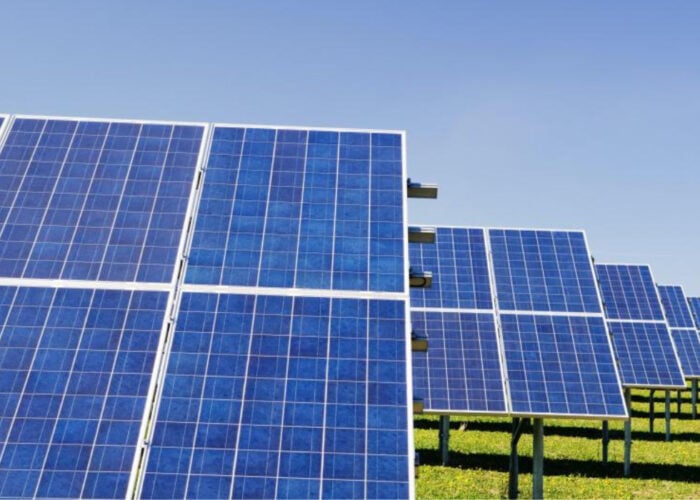
The New South Wales Independent Planning Commission in Australia has approved plans for the 100MW solar-plus-storage Wallaroo Solar Farm, subject to conditions.
Located approximately 1km south of the rural area of Wallaroo, adjacent to the New South Wales (NSW) and Australian Capital Territory border, the project will incorporate a co-located 45MW/90MWh battery energy storage system (BESS). The Wallaroo Solar Farm is a joint venture project being proposed by New Energy Development, an Australian renewable energy company based in Canberra, and Univergy International.
Unlock unlimited access for 12 whole months of distinctive global analysis
Photovoltaics International is now included.
- Regular insight and analysis of the industry’s biggest developments
- In-depth interviews with the industry’s leading figures
- Unlimited digital access to the PV Tech Power journal catalogue
- Unlimited digital access to the Photovoltaics International journal catalogue
- Access to more than 1,000 technical papers
- Discounts on Solar Media’s portfolio of events, in-person and virtual
Or continue reading this article for free
The Department of Planning, Housing, and Infrastructure completed its whole-of-government assessment of the Wallaroo Solar Farm in June 2024. The application was referred to the commission for determination because the Yass Valley Council and at least 50 people objected to the proposed development.
Yesterday (11 September), the three-member Commission Panel granted development consent for the project, subject to conditions.
In the Statement of Reasons for Decision, the commission concluded that the project “will aid in the state and national energy transition, reducing emissions from other forms of electricity generation” and is “in line with the policy framework for renewable energy”.
The commission has also implemented several conditions the solar PV project must meet during development. These were determined by some of the concerns raised by the local community.
The conditions include requirements for planting vegetation to visually screen the area, creating a Decommissioning and Rehabilitation Plan, and upgrading roads and intersections. The applicant must also consult with agencies from NSW and the Australian Capital Territory to prepare several management plans.
According to the project’s scoping report, the project will sit across 391 hectares with the area of solar arrays and associated infrastructure anticipated to occupy approximately 209 hectares. It will also include an onsite substation.
The solar PV component of the project will see around 261,000 solar PV modules installed alongside 40 inverters. It will connect to the National Electricity Market (NEM).
Construction of the solar PV project will take around nine to 12 months, with peak construction taking around six months. It will operate for 30-years and cost around A$170 million (US$113 million) to produce.







